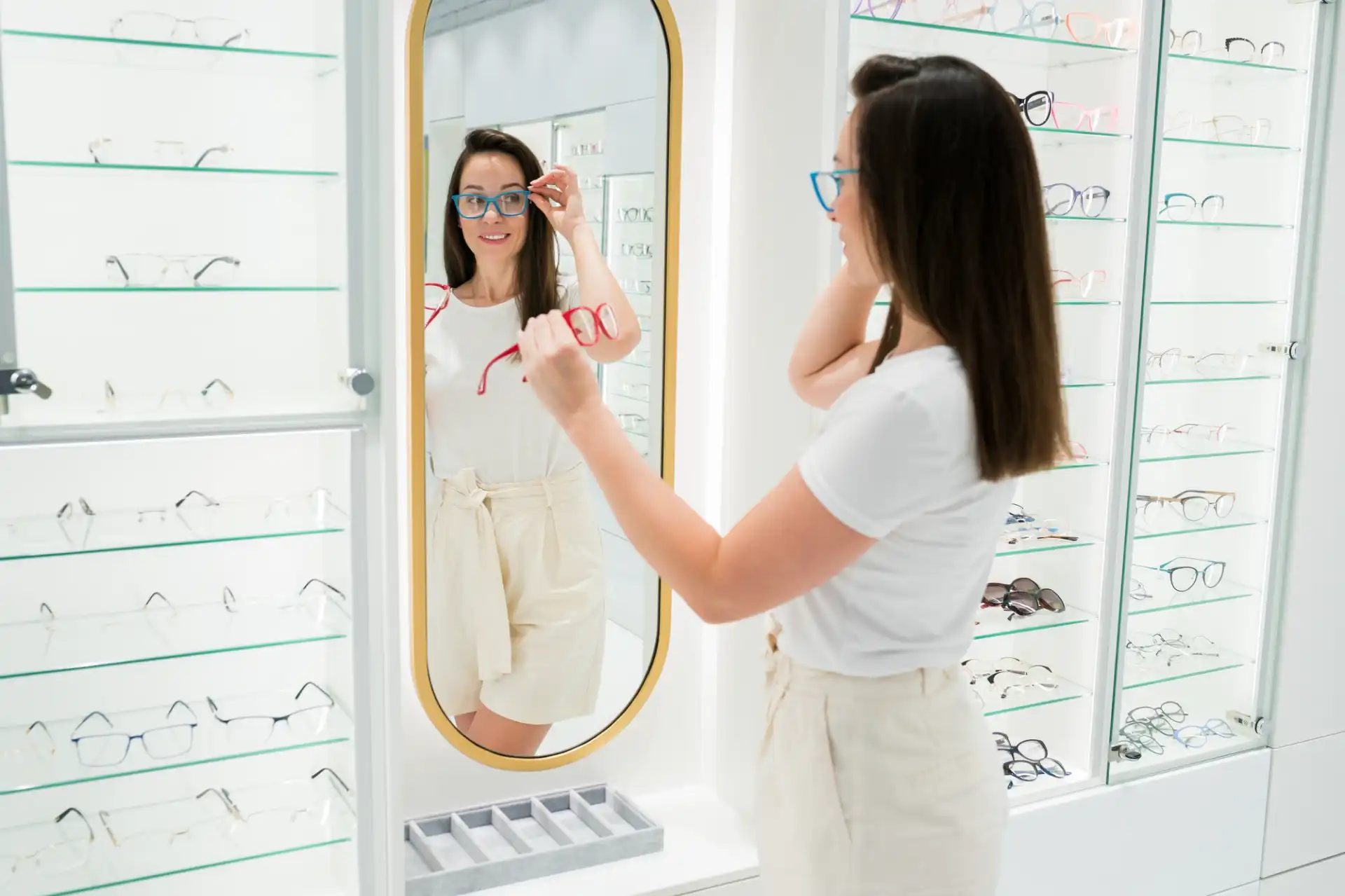Practical Tips for Living Life to the Fullest
Low vision can be a life-altering condition, but it doesn’t mean you have to lose your independence or quality of life. With the right tools, techniques, and support, individuals with low vision can adapt and thrive. This guide explores what low vision is, its causes, and practical strategies to help you cope and live confidently.
What Is Low Vision?
Low vision refers to a significant visual impairment that cannot be fully corrected with glasses, contact lenses, medication, or surgery. It can make everyday tasks like reading, recognizing faces, or navigating familiar spaces challenging.
Some common causes of low vision include:
- Macular Degeneration
- Glaucoma
- Diabetic Retinopathy
- Cataracts
- Retinitis Pigmentosa
If you or a loved one has been diagnosed with low vision, it’s important to know that there are resources and strategies available to help.
Coping Strategies for Low Vision
1. Seek Professional Support
Work closely with your eye care provider or a low-vision specialist to develop a personalized plan. They can:
- Recommend optical aids like magnifiers or telescopic lenses.
- Provide training on using assistive technology and adaptive techniques.
2. Use Low-Vision Aids
There are many tools available to assist with daily tasks:
- Magnifiers: Handheld, stand-mounted, or electronic devices to enlarge text and objects.
- Reading Aids: Large-print books, e-readers with adjustable font sizes, or screen magnification software.
- Talking Devices: Clocks, calculators, and scales with audio output.
3. Improve Lighting
Proper lighting can make a significant difference:
- Use bright, glare-free lights for reading or detailed tasks.
- Install motion-activated lighting in hallways and staircases for added safety.
4. Organize Your Environment
Keep your home and workspace organized to reduce reliance on sight:
- Use labels or tactile markers to identify items like appliances, medication, or canned goods.
- Arrange frequently used items in predictable, easy-to-reach places.
5. Embrace Assistive Technology
Modern technology offers numerous solutions for individuals with low vision:
- Screen Readers: Software like JAWS or NVDA reads text aloud from your computer or phone.
- Voice Assistants: Use devices like Amazon Alexa or Google Assistant for reminders, navigation, or communication.
- Smartphones and Apps: Accessibility features such as voice commands, magnifiers, and high-contrast settings can enhance usability.
6. Adapt Your Hobbies
Low vision doesn’t mean giving up the activities you love:
- Switch to audiobooks or podcasts for reading.
- Try adaptive hobbies like large-print puzzles, beading with tactile tools, or gardening with raised beds.
7. Utilize Mobility Training
For those struggling with navigation, orientation and mobility training can help you:
- Learn to use a white cane for safe travel.
- Navigate public spaces with confidence.
8. Build a Support Network
Living with low vision can feel isolating, but connecting with others can provide encouragement:
- Join support groups for individuals with low vision.
- Work with low-vision counselors or therapists to address emotional challenges.
- Lean on friends and family for assistance when needed.
Maintaining Emotional Well-Being
Adjusting to low vision can be emotionally taxing. Here are some tips to maintain a positive mindset:
- Acknowledge Your Feelings: It’s okay to feel frustrated or overwhelmed. Accepting your emotions is the first step toward coping.
- Set Realistic Goals: Focus on what you can achieve with the right tools and support.
- Celebrate Small Wins: Recognize progress, no matter how small, to build confidence and motivation.
- Stay Active: Exercise and physical activity can boost your mood and overall well-being.
Preventing Further Vision Loss
While not all causes of low vision can be reversed, taking steps to protect your remaining vision is crucial:
- Follow your eye doctor’s recommendations for treatment and check-ups.
- Manage underlying health conditions like diabetes or high blood pressure.
- Wear sunglasses with UV protection to prevent further damage.
- Avoid smoking, which can accelerate vision loss.
Resources for Low Vision Support
There are numerous organizations and programs dedicated to helping individuals with low vision:
- American Foundation for the Blind (AFB): Offers resources, tools, and community support.
- National Eye Institute (NEI): Provides information on low vision and eye health.
- Hadley Institute for the Blind and Visually Impaired: Offers free distance education for visually impaired individuals.
- Local Low-Vision Centers: Many communities have clinics specializing in low-vision rehabilitation.
Conclusion: Living Fully with Low Vision
Coping with low vision can be challenging, but it’s important to remember that help is available. With the right tools, training, and support, individuals with low vision can lead active, independent, and fulfilling lives.
At Bridgemill Eyecare, we’re committed to supporting patients with low vision by providing expert care and access to the latest low-vision aids. Schedule an appointment today to explore your options and take the first step toward adapting to life with low vision. Together, we’ll help you see the world in new and meaningful ways.





